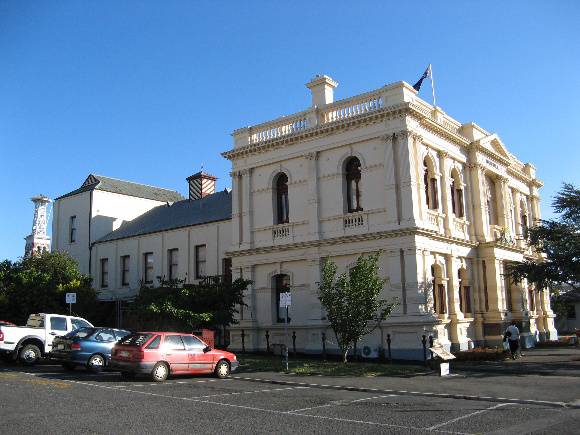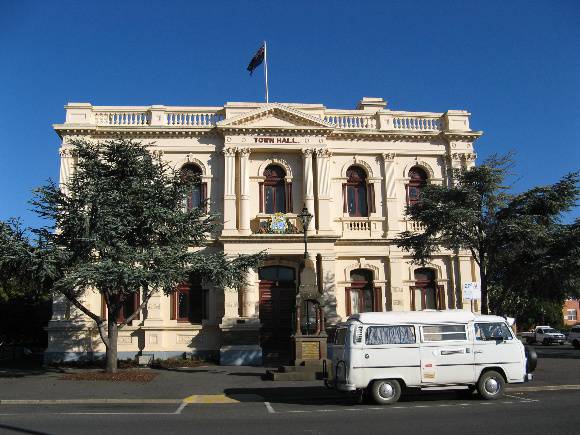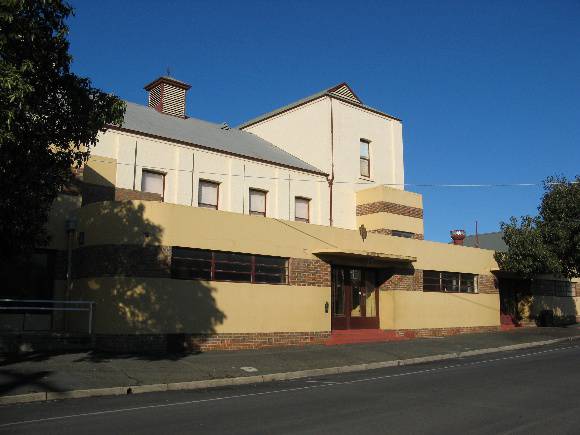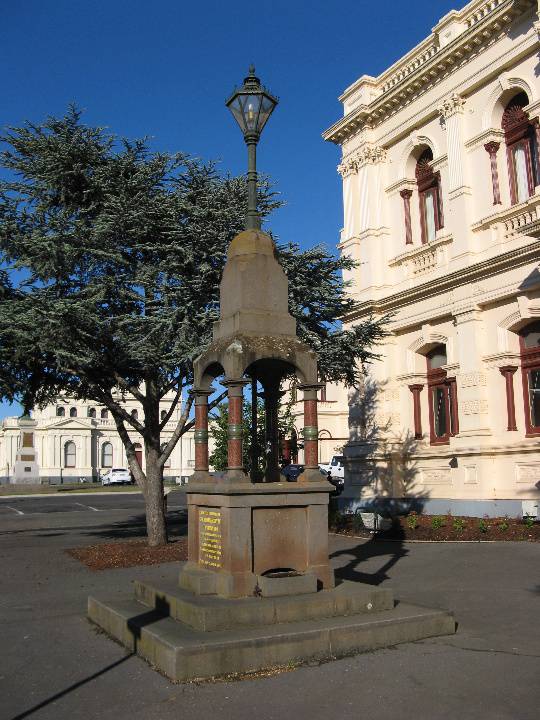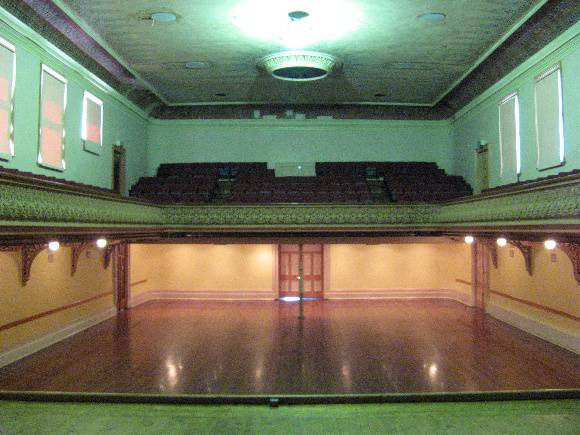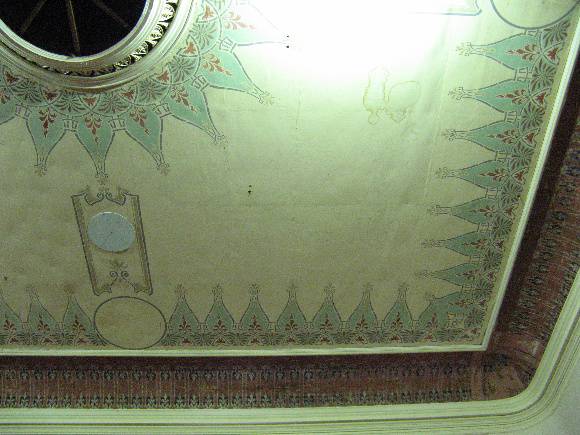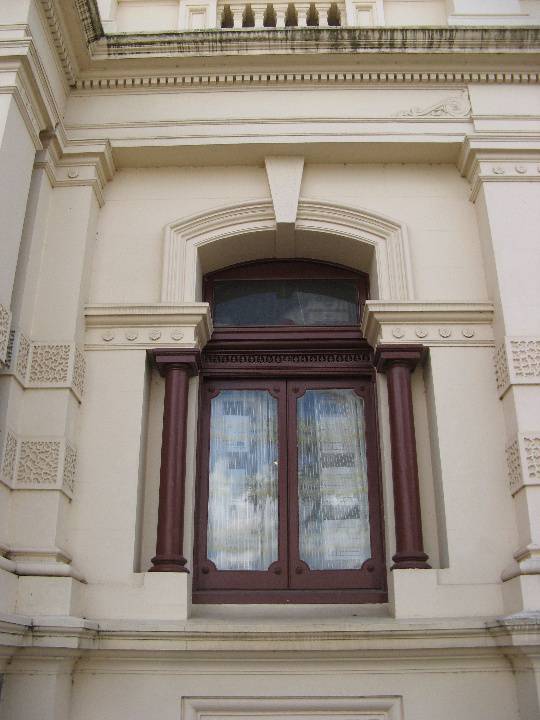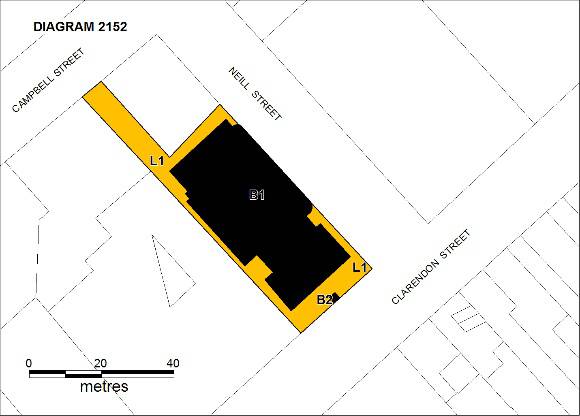| Back to search results » | Back to search page » |
|
MARYBOROUGH TOWN HALL
Location71 CLARENDON STREET MARYBOROUGH, CENTRAL GOLDFIELDS SHIRE
File Number13/007539-01LevelRegistered |
|
Statement of Significance
What is significant? The first Maryborough Town Hall, built in 1858, lacked a large hall suitable for public functions, and in 1887 the decision was made to build a new Town Hall on vacant land in the Civic Square near the Post Office. The architect was George Johnson, possibly the most prolific designer of municipal buildings in late nineteenth century Victoria and noted for his designs for town halls in Melbourne, particularly Collingwood, Northcote and North Melbourne Town Halls, as well as many theatres and opera houses in Melbourne and other Australian cities. Tenders were called in March 1887, the successful quote being for ₤6454.5.0 by George Clayfield Senior. The foundation stone was laid in June 1887 and the new town hall opened with a grand ball in July 1888. In 1903 a memorial drinking fountain was erected in front of the building. Designed and made by George Daws, a Melbourne monumental mason, it commemorates Gerald Wilkinson, Maryborough's first war casualty, who was killed in action in 1901 during the Boer War. Films were screened at the Town Hall between 1908 and 1967. In 1939 a new entrance foyer for the hall and a Lower Town Hall were constructed, providing much needed public work during the depression. They were built by Steve Hunn for ₤5000, to plans by the Melbourne architect Harry J Little. Funds were made available by the sale of the Borough electrical supply to the SEC. In 1971 the administrative offices at the front of the building were vacated when new administrative offices were built opposite. The old offices are now used for council and community purposes.
How is it significant? The Maryborough Town Hall is of architectural and historical significance to the State of Victoria. Why is it significant? The Maryborough Town Hall has architectural significance as a notable and largely intact example of a late nineteenth century provincial town hall, and as a major public building designed by the prominent Melbourne architect George Johnson. It is notable for the fine interior of the hall, particularly the gallery and painted ceiling. The Moderne style additions are also significant for their intactness and for the Art Deco interiors. The significance of the Town Hall is enhanced by its location in the Maryborough Civic Square, adjoining the 1878 Post Office and the 1891-2 Court House. The group of three buildings is significant as an outstanding example of late nineteenth century civic design. The Maryborough Town Hall has historical significance as a reflection of the wealth of gold mining towns such as Maryborough in the nineteenth century and of the civic growth that occurred in Victoria as a result of the mining industry. The 1903 memorial drinking fountain has historical significance as a demonstration of the importance attached by the community to the sacrifices made by local men in foreign wars in the early twentieth century.
Group
Community Facilities
Category
Hall Public


